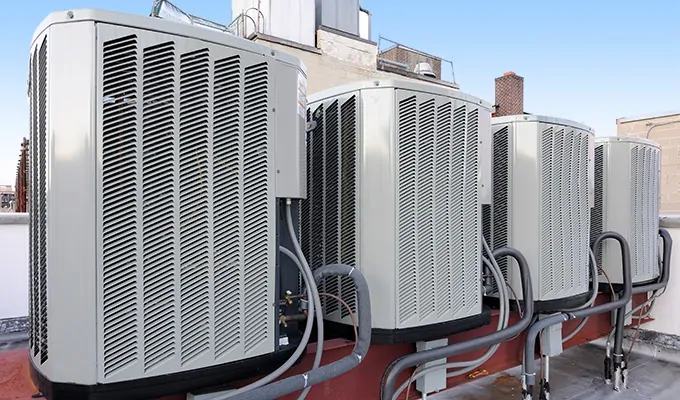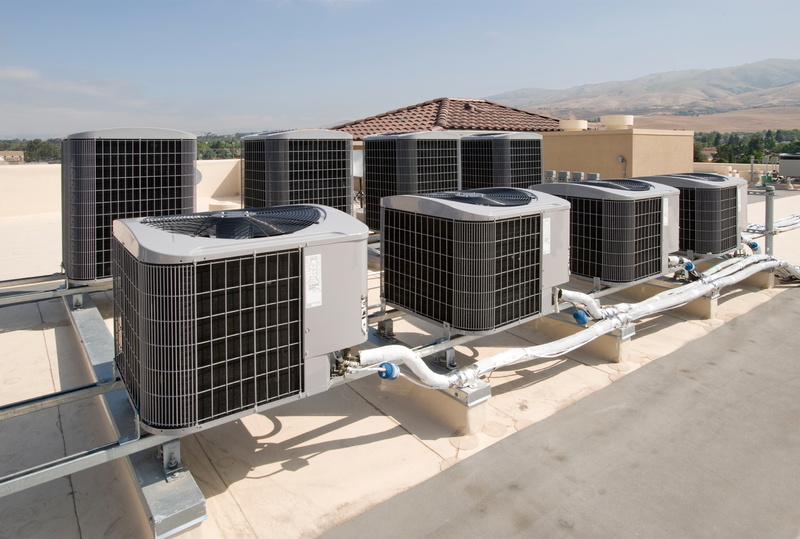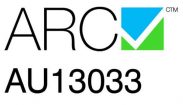Selecting the right dimension of an a/c is crucial for making certain optimal comfort and also power efficiency in a commercial structure. A small unit will not appropriately cool down the area, bring about discomfort for residents and excessive stress on the system, while a large system will cause wasted energy and also greater utility bills.
To strike the ideal equilibrium, it is vital to execute a correct computation to figure out the ideal a/c unit dimension. In this blog, we’ll stroll you via the step-by-step procedure of computing the Air Conditioner Size for your business building.
Step 1: Gather Information
Before you start the estimation process, gather the necessary information regarding the business building: Total square video: Determine the length and width of each space and location within the building. After that, compute the overall square video by summarising all these dimensions.
Structure positioning: Keep in mind the instructions in which the structure deals with, as well as the number as well as size of doors and windows. Insulation: Identify the level of insulation in the walls, roofing, and also home windows. Well-insulated buildings need much less cooling capacity. Owner as well as devices lots: Think about the variety of passengers in the structure as well as the warmth created by equipment, such as computer systems, printers, and also lights.

Step 2: Compute Air Conditioning Lots
The air conditioning tons is the amount of heat that should be eliminated from the structure to preserve a comfortable indoor temperature level. To determine the cooling tons, you can make use of either the Manual J calculation method or talk to a professional cooling and heating designer. Hands-on J is a conventional approach established by the A/c Service Providers of America (ACCA) as well as is extensively made use of in the sector. The cooling load relies on several factors, consisting of the outside temperature, the interior design temperature level, solar warmth gain, interior warm resources (owners and also devices), and building construction. The computation can be complicated, however numerous on the internet calculators and software application tools can streamline the process.
Step 3: Identify The Tonnage
Air conditioning unit capability is commonly gauged in bunches, where one lot is equivalent to 12,000 BTU (British Thermal Devices) per hr. To establish the required tonnage, divide the cooling tons (in BTU) by 12,000. For instance, if the air conditioning tons is 48,000 BTU, you would need a 4-ton ac system (48,000 BTU ÷ 12,000 BTU/ton = 4 bunches).
Step 4: Represent Zoning
If your business structure has several zones or floorings, think about private cooling requirements for each and every location. In such instances, you could need several a/c devices or a centralised system with zoning controls to maintain different temperature level setups in different zones.


Step 5: Added Considerations
Safety Factor: HVAC specialists typically advise adding a safety aspect of 10-15% to the calculated air conditioning tons to ensure the a/c can manage unanticipated spikes in heat lots or account for errors in the estimation.
Energy Performance: When choosing an a/c, select an energy-efficient model that fulfils the building’s cooling needs while minimising power usage.
Ductwork and also Air Circulation: Make sure that the structure’s ductwork as well as air distribution system are properly developed as well as sized to supply cooled down air efficiently to all areas.
Step 6: Hvac System Types
Consider the various types of heating and cooling systems offered and pick the one that finest suits your industrial building’s demands. The typical kinds include: Air Conditioning System: Appropriate for bigger industrial structures, this system distributes trendy air with air ducts and vents, supplying uniform air conditioning.
Split Cooling System: Comprising an indoor and outdoor unit, the split system is ideal for smaller sized areas with minimal ductwork requirements. Packaged A/c System: Perfect for structures with space restrictions, the packaged system houses all parts in a single system set up outside the building. Variable Refrigerant Flow (VRF) System: Extremely effective and versatile, VRF systems can concurrently warm as well as cool different zones based upon private needs.
Step 7: Take Into Consideration The Climate
The climate of your place considerably impacts the cooling tons estimation. Structures in hot and also humid environments require even more cooling capacity than those in modest climates. Additionally, structures located in areas with significant temperature level variants throughout the year might take advantage of a flexible cooling and heating system capable of handling both cooling and also heating needs.
Step 8: Routine Maintenance And Also Inspections
Once you’ve set up the appropriate-sized air conditioning unit, it is necessary to set up routine maintenance and also evaluations. Proper maintenance makes sure the system works optimally, extends its life expectancy, and also prevents unexpected malfunctions during peak seasons.
Step 9: Look For Expert Recommendations
While you can utilise on the internet calculators and tools to get a preliminary price quote of the required air conditioning unit dimension, it is constantly advised to seek specialist suggestions from qualified a/c engineers or professionals. They possess the knowledge to perform precise Hand-operated J calculations, analyse the structure’s distinct demands, as well as suggest one of the most appropriate HVAC systems.
Step 10: Power Performance And Environment-Friendly Structure Practices
As companies strive to be ecologically mindful, including energy-efficient practices becomes crucial. Select cooling systems with high SEER (Seasonal Power Performance Proportion) rankings, which show much better power efficiency. Furthermore, taking into consideration green building techniques such as improved insulation, energy-efficient home windows, as well as making use of all-natural shielding to reduce the air conditioning lots and dependency on cooling.
Final Words
Bear in mind, the procedure of determining the a/c unit dimension is not a one-size-fits-all strategy. Each structure has distinct requirements, as well as seeking specialist guidance is extremely advised. By investing effort and time in identifying the right Air Conditioner Size, companies can develop a pleasant indoor setting that improves productivity and also positively impacts the bottom line.
As the HVAC sector continues to advance, integrating clever modern technologies, progressed controls, as well as renewable energy sources may even more boost the performance and environmental effect of industrial cooling systems. Staying current with the latest patterns as well as innovations can assist services make notified choices when updating or changing their HVAC systems in the future.
The process of computing the appropriate a/c unit dimension for a business building may seem facility, yet with the right info as well as expert aid, services can achieve the ideal balance of comfort, efficiency, as well as sustainability.







